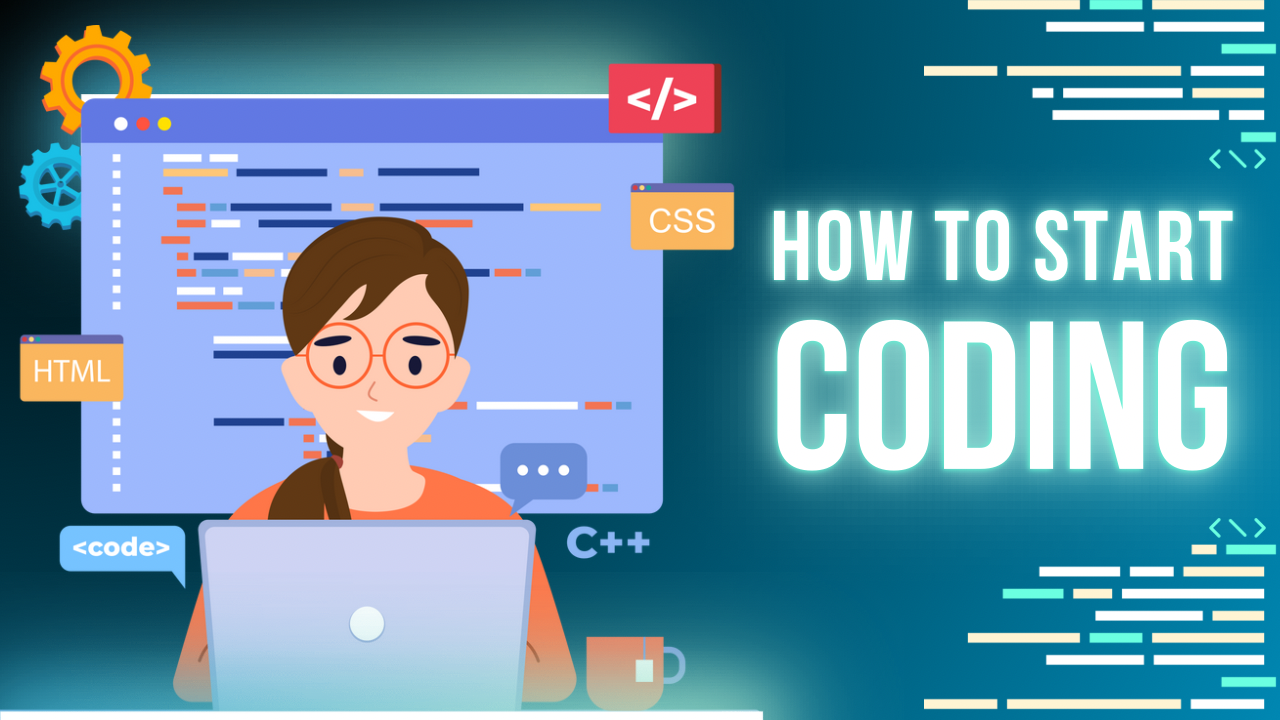In today’s digital world, coding has become an essential skill, whether you want to build websites, create apps, or simply understand how technology works. Starting your coding journey can be exciting and overwhelming at the same time, but with the right guidance and resources, you can embark on this adventure with confidence. Here’s a comprehensive guide to help you start coding in 2024.
1. Why Learn to Code?
Before diving into coding, it’s important to understand why you want to learn:
- Career Opportunities: Coding skills are in high demand across various industries, opening doors to numerous job opportunities.
- Problem Solving: Learning to code enhances your problem-solving and critical-thinking skills, which are valuable in any field.
- Creativity: Coding allows you to bring your ideas to life, whether it’s through building websites, games, or applications.
2. Choose Your First Programming Language
Selecting a programming language to start with is a crucial first step. Here are a few beginner-friendly options:
- Python: Known for its simplicity and readability, Python is great for beginners and is widely used in web development, data analysis, and artificial intelligence.
- JavaScript: Essential for web development, JavaScript enables you to create interactive websites and is a must-know for aspiring web developers.
- Ruby: With its elegant syntax, Ruby is often recommended for beginners and is commonly used in web development through the Ruby on Rails framework.
- Scratch: If you’re completely new to coding, Scratch offers a visual programming experience, making it easy to understand coding concepts without writing actual code.
3. Set Up Your Coding Environment
To start coding, you’ll need to set up your development environment:
- Choose a Code Editor: Select a code editor that suits your preferences, such as Visual Studio Code or Sublime Text.
- Install Necessary Software: Depending on your chosen language, you may need to install additional tools to get started.
4. Learn the Fundamentals
Once your environment is set up, it’s time to learn the basics of coding:
- Syntax: Familiarize yourself with the syntax of your chosen language, including variables, data types, and operators.
- Control Structures: Understand how to use conditional statements (if/else) and loops (for, while) to control the flow of your code.
- Functions: Learn how to define and call functions to organize your code and promote reusability.
- Data Structures: Get to know arrays, lists, and dictionaries (or similar structures) to manage collections of data.
5. Practice Regularly
Consistent practice is key to mastering coding:
- Coding Challenges: Engage in coding challenges to tackle different problems and enhance your problem-solving skills.
- Build Simple Projects: Start with small projects that interest you, such as a personal website, to-do list app, or basic game.
- Collaborate on Projects: Work with others on coding projects to gain real-world experience and learn from peers.
6. Engage with the Coding Community
Joining a community can provide support and motivation as you learn:
- Participate in Forums: Engage in discussions, ask questions, and share knowledge with fellow learners.
- Attend Local Meetups: Seek out local coding meetups or workshops to connect with like-minded individuals.
- Network Online: Connect with others in the coding community through social media or forums.
7. Work on Projects and Build a Portfolio
As you gain confidence, start working on more substantial projects:
- Personal Projects: Create projects that reflect your interests and skills, like a portfolio website or a simple application.
- Freelancing: Offer your coding services to gain practical experience and build your portfolio.
- Collaboration: Team up with others to work on projects, as collaboration can lead to new insights and ideas.
8. Stay Updated and Keep Learning
The tech world is always evolving, so it’s essential to stay current:
- Explore Advanced Topics: Once you’re comfortable with the basics, consider learning about data structures, algorithms, and frameworks relevant to your language.
- Follow Industry Trends: Stay informed about the latest tools and technologies in the coding world.
9. Reflect on Your Progress
Take time to reflect on your learning journey:
- Document Your Journey: Keep a journal to track your progress, projects, and challenges you’ve faced along the way.
- Set Goals: Establish short-term and long-term goals to keep you focused and motivated on your coding journey.
Conclusion
Starting to code is an empowering journey that opens up a world of possibilities. By following this guide and utilizing the resources available through our platform, you can build a strong foundation in coding and develop the skills needed for success in the tech industry. Remember to be patient with yourself, practice regularly, and enjoy the process of learning to code.

